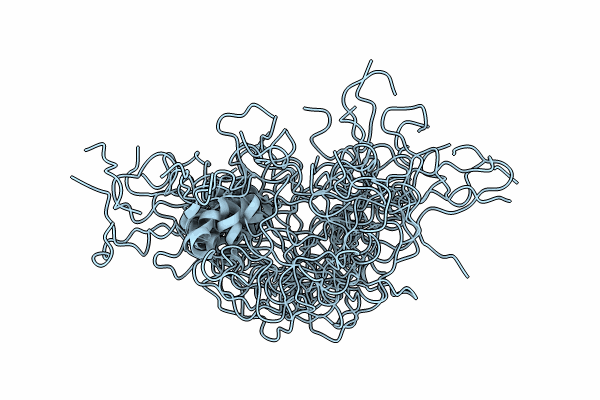
Deposition Date
2023-10-14
Release Date
2024-10-16
Last Version Date
2025-05-28
Entry Detail
PDB ID:
8WRG
Keywords:
Title:
Solution structure of the TAD domain (450-504) of human transcriptional coactivator YAP1
Biological Source:
Source Organism:
Homo sapiens (Taxon ID: 9606)
Host Organism:
Method Details:
Experimental Method:
Conformers Calculated:
200
Conformers Submitted:
20
Selection Criteria:
structures with the lowest energy


